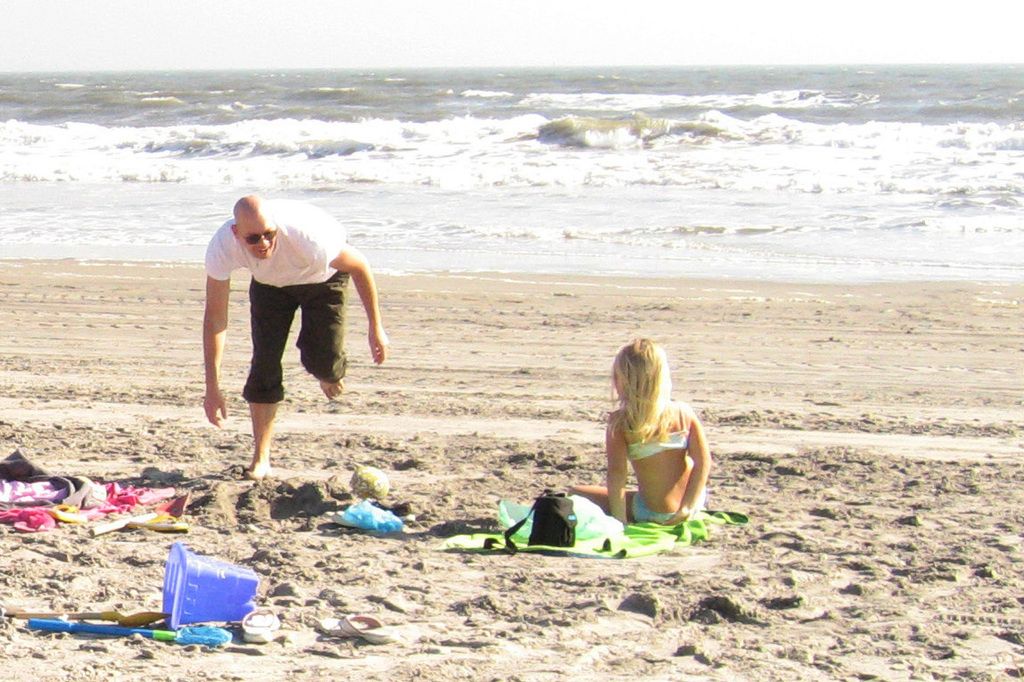Increased risk of forest fires across multiple counties - Elevated forest fire danger observed in multiple counties
Shedding light on the reasons behind Brandenburg's elevated forest fire risk, we delve into its unique mix of climatic, geographical, and human factors contributing to this danger.
Raising the Alarm: Brandenburg's Forest Fire Risk Explained
Mother Nature Unleashed: Climate and Geography
- Parched Earth: Brandenburg grapples with a lower annual precipitation compared to other German states, resulting in parched soils and vegetation in the summer seasons.
- Sandy Soils Galore: The sandy soil found widespread across Brandenburg drains water swiftly, perpetuating dry conditions even after brief bouts of rain [1].
- Sizzling Heatwaves: The rise in climate change has also heightened the frequency and intensity of heatwaves, compounding the problem of fire risk [2].
Forest Fuel: Vegetation and Structural Elements
- Pine Forest Dominance: Swathes of Brandenburg's lands are blanketed by pine forests, known for their flammability and tendency to burn with ease, as opposed to mixed or deciduous forests.
- Nature's Fire- Breaks Absent: These monoculture plantations generally lack natural barriers such as wetlands and broadleaf tree stands, which might slow or obstruct fires [1].
Human Impact: Although Accidental, Significant
- Hikers and Camper's Playground: Many forests in Brandenburg are popular recreation areas, increasing the odds of accidental fires from campfires, cigarettes, or barbecues.
- Agricultural Practices: Intensive farming and land drainage in some areas decrease soil moisture, fostering an environment friendlier to forest fires [1].
Governance and Management: All Hands on Deck Required
- Lack of Prevention Measures: Some regions have investing in fire prevention (such as preserving firebreaks and early warning systems) insufficiently, though current projects are aimed at improving management and risk reduction [3].
- Transboundary Troubles: Sharing borders with Poland and other eastern regions with similar risk factors increases the chance of fires breaching borders [3].
Climate Change: The Accelerant
- Extremes on the Rise: The 2023 Monitoring Report on the German Strategy for Adaptation to Climate Change shed light on increased forest fire hazards as an immediate consequence of climate change, with Brandenburg being particularly affected due to its combination of distinctive risk factors [2].
- Water Woes: Changes in precipitation patterns and prolonged droughts attributed to climate change lessen water availability, making forests more susceptible to ignition and rapid fire propagation [1].
In a nutshell, Brandenburg stands out as the German state most at risk for forest fires due to a harmonious blend of natural, climatic, and human factors. The self-proclaimed "Land of Lakes" unfortunately must additionally grapple with the threat of being engulfed in flames [1].
Danger Zone: A Breakdown of the 5 Main Risk Factors
| Factor | Description ||-------------------------------|---------------------------------------------------------------------------------------------|| Low rainfall | Leads to dry soils and vegetation || Sandy soils | Poor water retention, quick drying || Pine monocultures | Highly flammable, lack of natural firebreaks || High visitor presence | Increased risk of accidental fires || Land use practices | Farming and drainage reduce soil moisture || Climate change | More frequent heat waves and droughts || Governance challenges | Limited fire prevention measures in some areas || Transboundary risk | Fire risk amplified by neighboring regions |
With this insight into the root causes of Brandenburg's forest fire risk, one can appreciate the challenges faced by both the forestry authorities and emergency services in managing the problem.
The science behind Brandenburg's high forest fire risk stems from a combination of factors, including low annual precipitation, sandy soil that drains water quickly, and the prevalence of pine forests – which are highly flammable and lack natural firebreaks. Adding to this environmental-science risk factor, human activities like camping, farming, and insufficient fire prevention measures contribute significantly to accidental fires. As climate change continues to escalate, Brandenburg faces an increased threat due to the rise in heatwaves, droughts, and water woes that further exacerbate the challenging landscape of forest fire containment.






